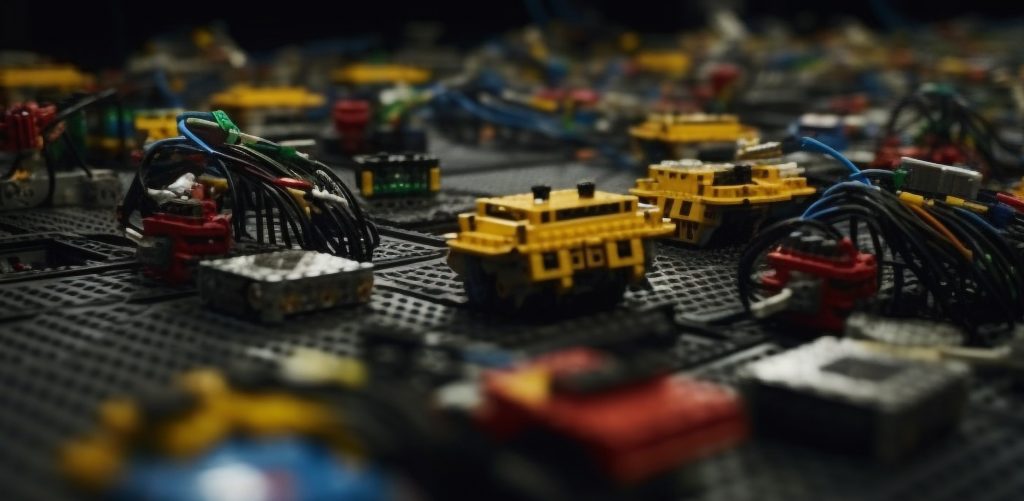India Gains Edge Over China, Vietnam Amid New US Tariff Policy

India’s electronics industry is seeing an advantage in the latest 27% tariff imposed by the United States on electronic imports, compared to 46% for Vietnam and 36% for Thailand. This move places India in a relatively better position against key competitors like China, Vietnam, Thailand, and Indonesia, according to the India Cellular and Electronics Association (ICEA).
ICEA Chairman Pankaj Mohindroo emphasized that India’s success in the initial tariff adjustments is due to the efforts of Indian trade negotiators and policymakers. However, he pointed out that the long-term strategy should focus on securing a Bilateral Trade Agreement (BTA) with the US to ensure stable market access and predictable tariffs.
Industry experts believe that while the tariffs could disrupt supply chains, India has a strategic opportunity to strengthen its electronics exports. Tarun Pathak, Research Director at Counterpoint, noted that the tariffs create uncertainty and may increase costs for US consumers. He explained that Asia dominates smartphone supply chains, making it impractical for US manufacturers to shift production quickly. Only high-value chip manufacturing, supported by heavy government subsidies, has seen some success.
Impact on Apple’s Make-in-India Strategy
The new tariffs could pose challenges for Apple’s iPhone exports from India to the US, according to Abhilash Kumar, an industry analyst at TechInsights. Apple currently benefits from zero-duty access for Indian-made iPhones entering the US, making local production profitable. However, new tariffs might force Apple to increase iPhone prices or absorb higher costs, impacting its margins.
Apple plans to shift 15% of its iPhone production from China to India by FY25, surpassing its earlier 10% target by FY26. If tariffs are imposed, Apple may consider expanding production in Brazil, where tariffs are around 10%, but Kumar believes this transition would take time.
Industry Push for Zero-Duty Trade Agreement
India’s electronics industry has urged the government to negotiate a zero-duty trade agreement with the US for products like smartphones, wearables, televisions, and consumer electronics. This move could boost India’s electronics exports from $10 billion to $80 billion by 2030, according to ICEA’s recommendations to Commerce Secretary Sunil Barthwal.
India currently imposes a 16.5% basic customs duty (BCD) on US imports, which could impact local manufacturing competitiveness. Eliminating tariffs on US-made electronics would not create immediate domestic competition but could strengthen trade relations.
As the global trade landscape shifts, India must strategize swiftly, leveraging trade diplomacy, industrial policies, and geopolitical advantages to maintain its competitive position, said Ashok Chandak, President of the India Electronics and Semiconductor Association (IESA).
Source: Moneycontrol




